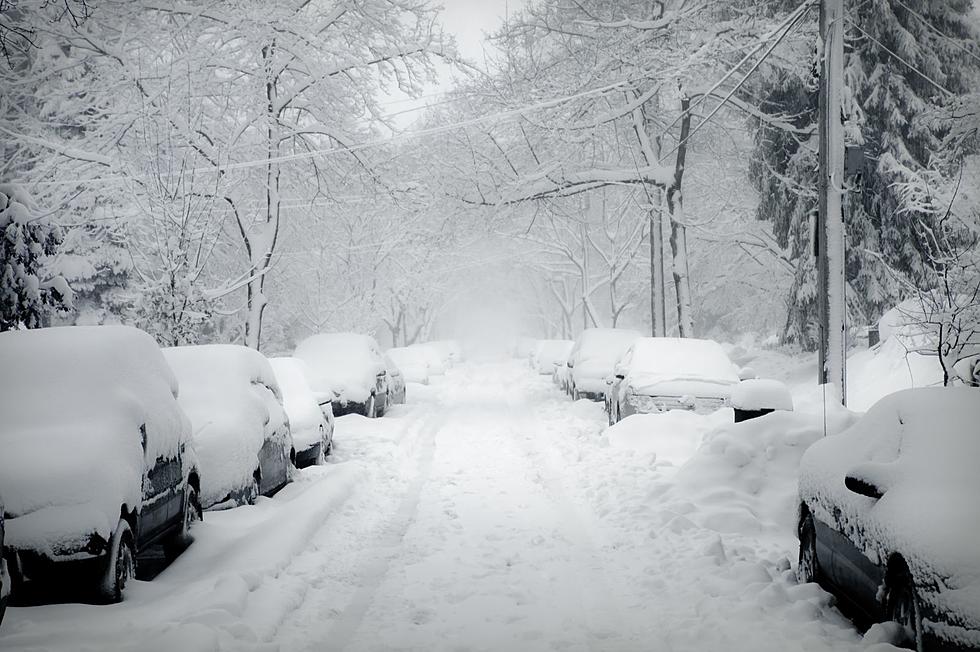
Will New York See a Major Snowstorm in February?
As the peak of winter approaches, the possibility of snowstorms becomes a primary concern for residents of the northeastern United States, especially New Yorkers.

One factor that could significantly influence the intensity and frequency of a major February snowstorm is the presence of El Niño. Experts from The Weather Channel recently discussed the impact of El Niño on winter weather patterns, specifically in relation to potential snowstorms in New York, and what they revealed was definitely interesting.
El Niño refers to a climate pattern characterized by warmer-than-average sea surface temperatures in the equatorial Pacific Ocean. This phenomenon has the potential to affect weather patterns on a global scale, including in the United States. While El Niño winters tend to be snowier in some parts of the Northeast, the snowfall patterns in New York can be variable.
According to historical data, a stronger El Niño typically brings above-average snowfall to parts of the mid-Atlantic region, including southern New Jersey, Virginia, and the southern Appalachians. These areas can experience increased snowfall due to a turbo-charged southern jet stream that brings wetter weather up the coast. If cold air is present, this precipitation can fall as snow or ice more frequently than in typical winters.
However, the impact of El Niño on snowstorms in New York specifically is less straightforward. The presence of an El Niño alone doesn't guarantee stronger winter storms. Other factors, such as the presence of a pattern known as the Greenland block, also play a big role. When high-pressure forms near Greenland, it can redirect the jet stream, bringing colder air from Canada and potentially instigating East Coast snowstorms.
Analyzing historical data, researchers have identified previous Februaries during strong El Niño winters that led to major snowstorms in the Northeast. However, these occurrences were also associated with significant blocking high pressure near Greenland or in eastern Canada. In contrast, Februaries during strong El Niño years without major snowstorms lacked this Greenland blocking pattern.
Looking ahead, forecasting the specific impact of El Niño on snowstorms in New York during this winter remains uncertain. While early February might not align with the conditions for a Northeast snowstorm, there are indications that later in the month, a pattern change could bring colder air into the central and eastern United States. Whether this change will lead to a blocking high pressure near Greenland or eastern Canada is still uncertain.
LOOK: The most expensive weather and climate disasters in recent decades
Gallery Credit: KATELYN LEBOFF
LOOK: The most extreme temperatures in the history of every state
Gallery Credit: Anuradha Varanasi
More From 98.1 The Hawk









